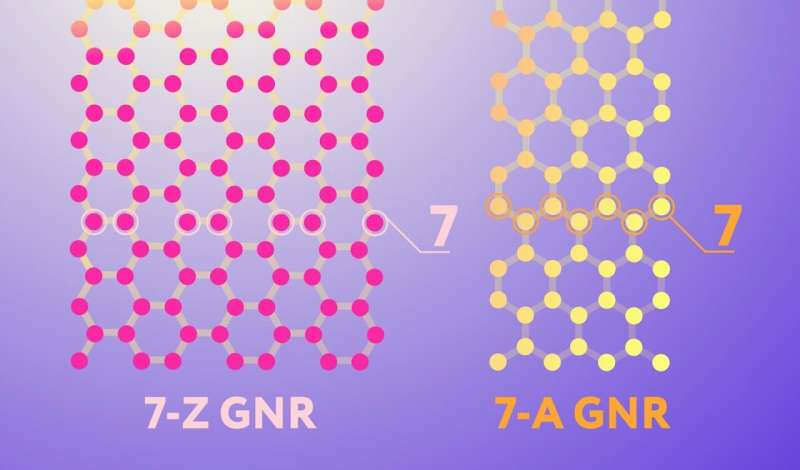Russian researchers have proposed a new method for
synthesizing high-quality graphene nanoribbons—a material with
potential for applications in flexible electronics, solar cells,
LEDs, lasers, and more. Presented in The Journal of Physical
Chemistry C, the original approach to chemical vapor deposition,
offers a higher yield at a lower cost, compared with the currently
used nanoribbon self-assembly on noble metal
substrates.
Material for future electronics: New method makes graphene
nanoribbons easier to produce



